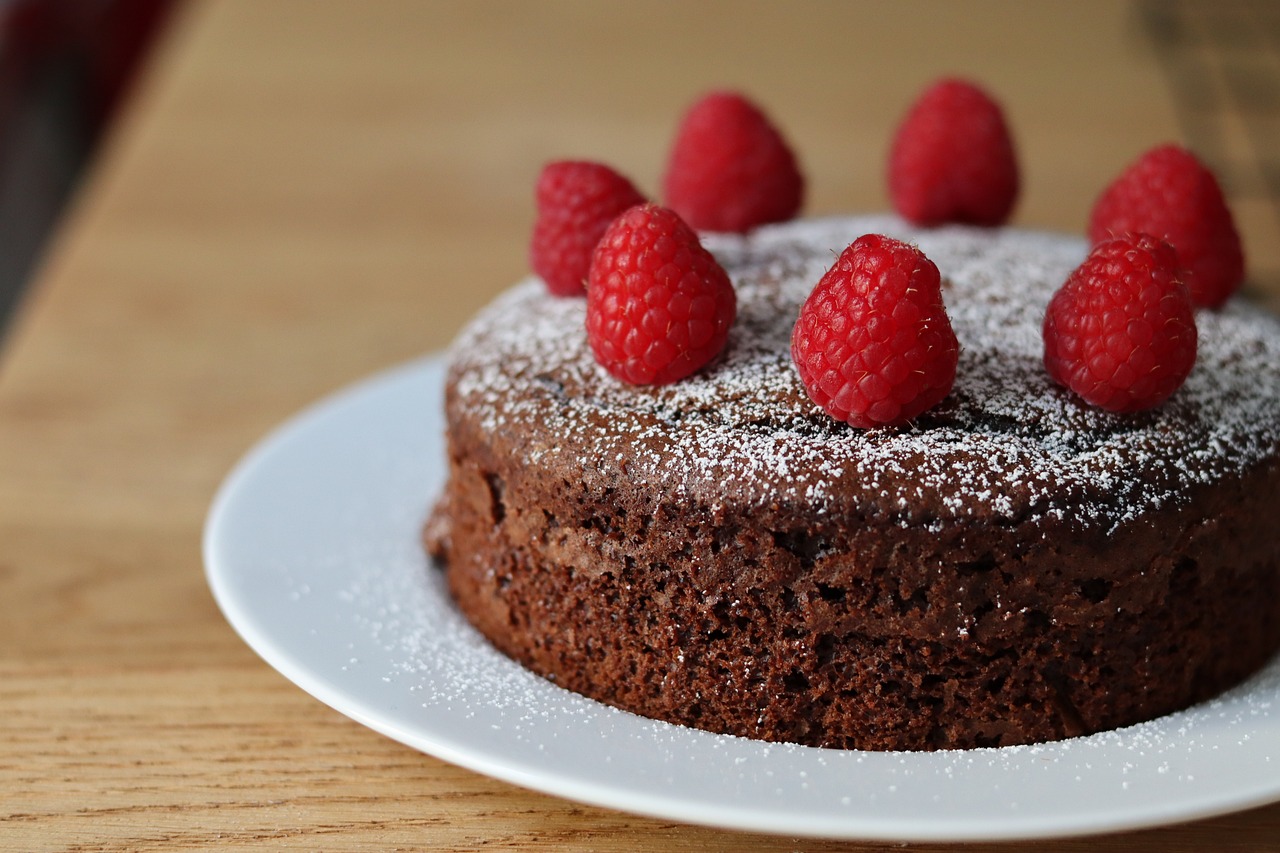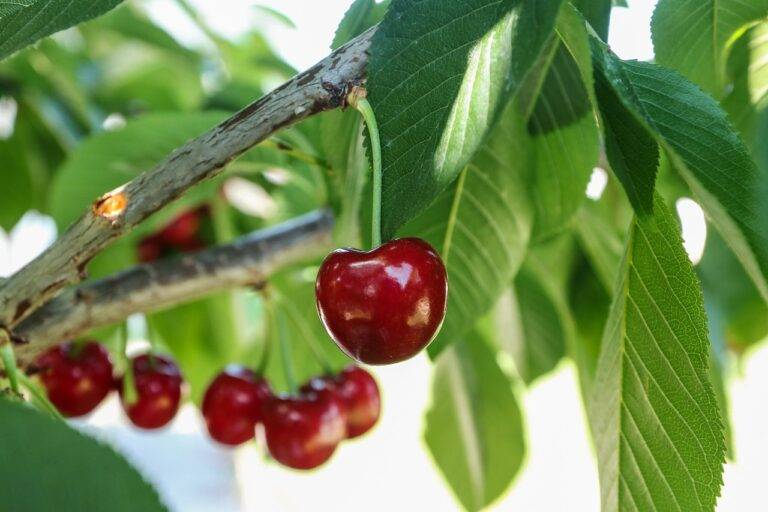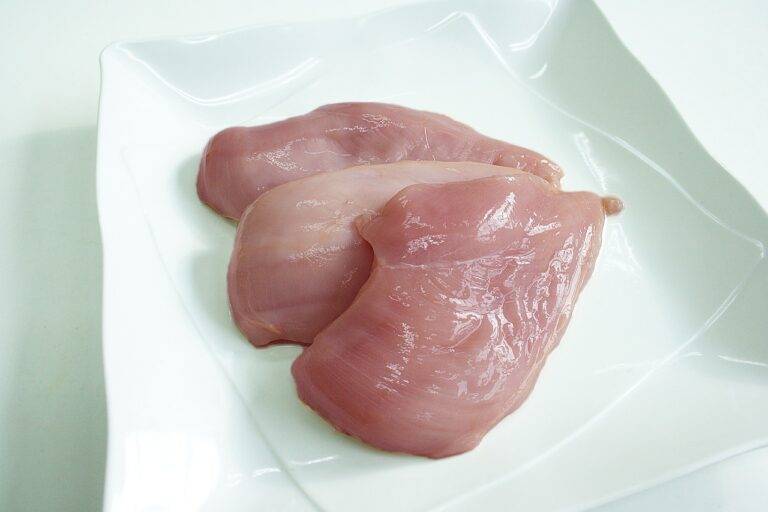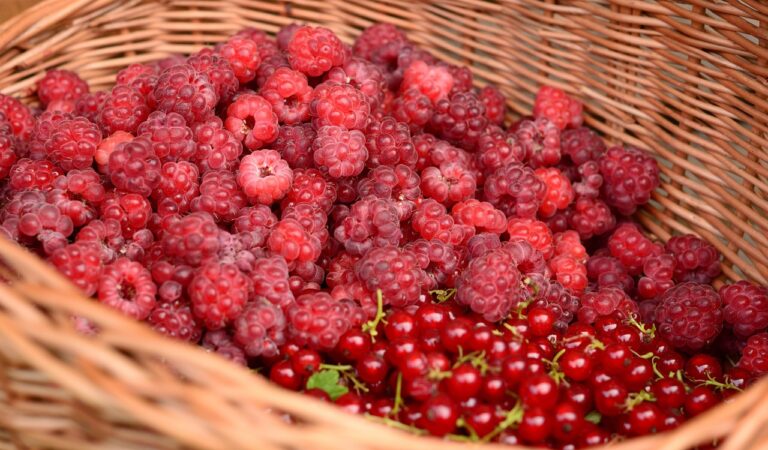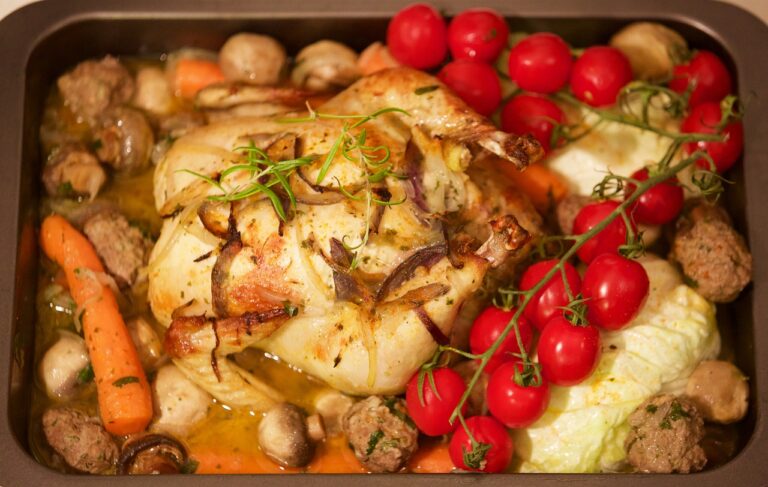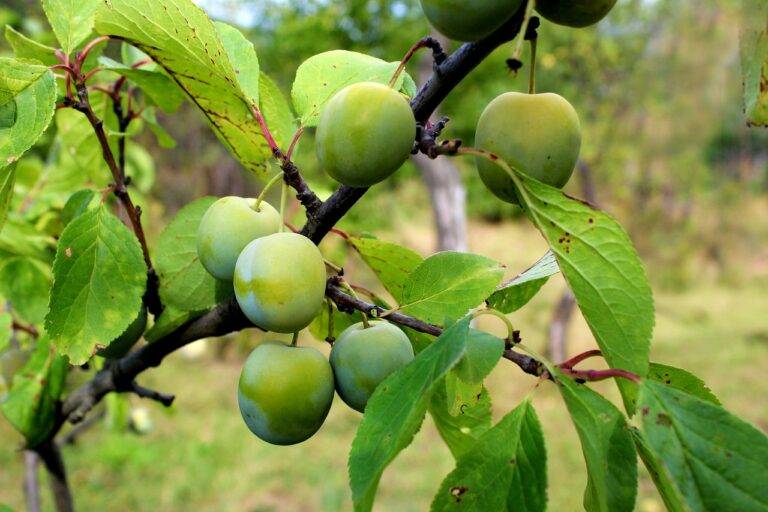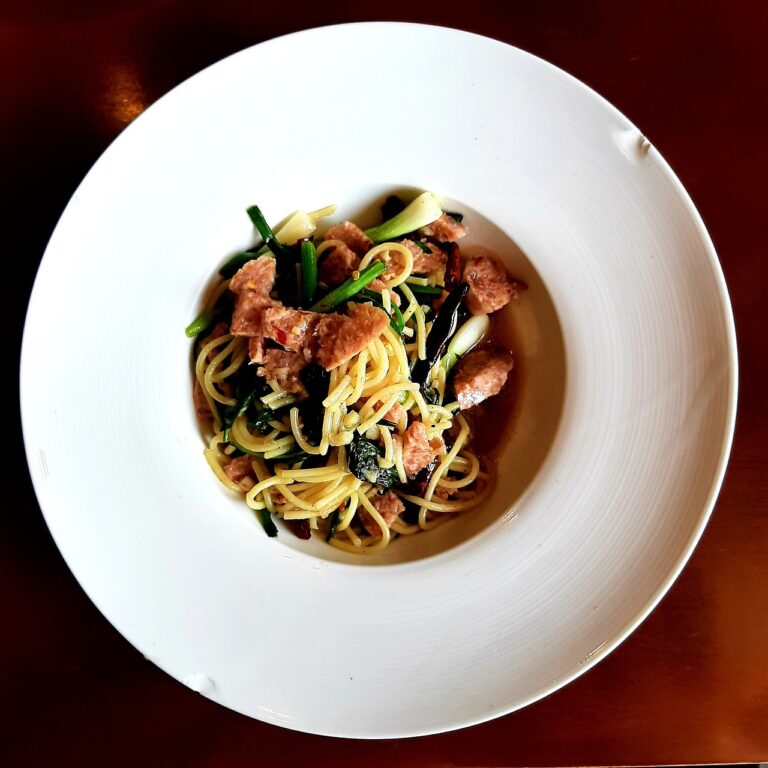Analyzing the Impact of Food Shape and Size on Pet Food Consumption: Betbhai.com, Cricbet99, Diamond exchange 9
betbhai.com, cricbet99, diamond exchange 9: Analyzing the Impact of Food Shape and Size on Pet Food Consumption
Have you ever wondered why your furry friend prefers one type of pet food over another? Well, the shape and size of the food could play a significant role in their eating habits. In this article, we will delve into how food shape and size impact pet food consumption and what pet owners can do to ensure their pets are eating well.
The importance of food shape and size in pet food consumption
When it comes to pet food, the shape and size of the kibble can affect how much your pet eats and how quickly they consume their food. According to experts, the shape and size of pet food can influence a pet’s eating behavior in various ways:
1. Texture – The texture of pet food can influence how easy or difficult it is for pets to chew and swallow their food. Some pets may prefer softer textures, while others may prefer crunchier kibble.
2. Size – The size of pet food can impact how quickly a pet eats their food. Larger pieces of kibble may require more chewing, which can slow down the eating process. Conversely, smaller pieces of kibble may be eaten more quickly.
3. Shape – The shape of pet food can also play a role in how pets consume their food. Some pets may struggle to pick up certain shapes of kibble, while others may find certain shapes more appealing.
How food shape and size affect pet food consumption
Studies have shown that food shape and size can have a significant impact on pet food consumption. For example, research has found that pets may eat more slowly when they are fed larger pieces of food. This can be beneficial for pets who tend to eat too quickly and may be at risk of choking or digestive issues.
Additionally, the shape of pet food can influence a pet’s ability to pick up and eat their food. For example, flat-shaped kibble may be easier for pets with flat faces (such as pugs) to pick up and eat, while round-shaped kibble may be easier for pets with snouts to consume.
What pet owners can do to ensure their pets are eating well
As a pet owner, there are several things you can do to ensure your furry friend is eating well and enjoying their food:
1. Choose the right size and shape of kibble for your pet’s breed and size. Larger breeds may require larger pieces of kibble, while smaller breeds may do better with smaller pieces.
2. Monitor your pet’s eating habits and adjust their food as needed. If your pet is eating too quickly or too slowly, consider changing the size or shape of their food to see if it makes a difference.
3. Consult with your veterinarian or a pet nutritionist for personalized recommendations on the best type of food for your pet.
Remember, every pet is unique, so it may take some trial and error to find the perfect food for your furry friend.
In conclusion, food shape and size can have a significant impact on pet food consumption. By understanding how these factors influence your pet’s eating habits, you can ensure that they are getting the nutrition they need to stay healthy and happy.
FAQs
Q: How can I tell if my pet is struggling to eat their food due to the shape or size?
A: If you notice your pet taking longer than usual to eat their food, struggling to pick up certain pieces of kibble, or showing signs of discomfort while eating, they may be having trouble with the shape or size of their food.
Q: Should I switch my pet’s food if they seem to be struggling with the shape or size?
A: It’s always a good idea to consult with your veterinarian before making any changes to your pet’s diet. They can provide guidance on the best type of food for your pet based on their specific needs and preferences.
Q: Are there any specific shapes or sizes of pet food that are recommended for certain breeds?
A: Some breeds may benefit from certain shapes or sizes of pet food based on their unique characteristics. For example, flat-faced breeds may do better with flat-shaped kibble, while snouted breeds may prefer round-shaped kibble. Consulting with a veterinarian or pet nutritionist can help you determine the best options for your pet.

